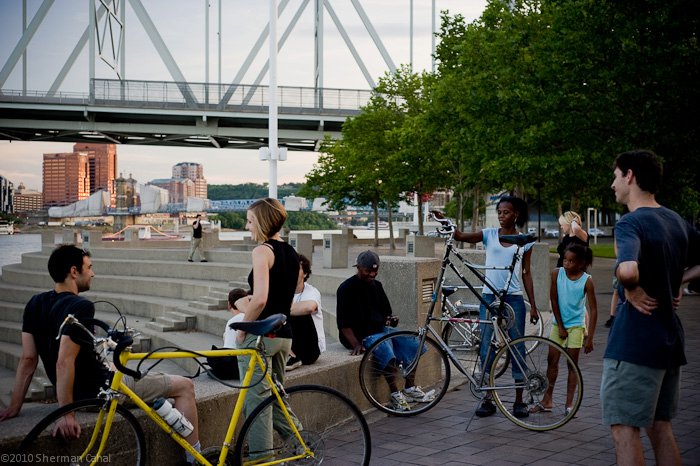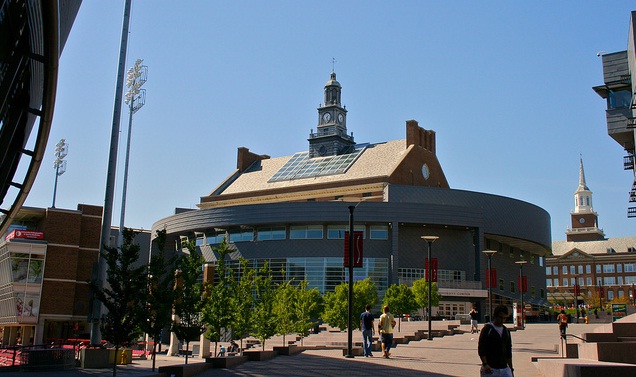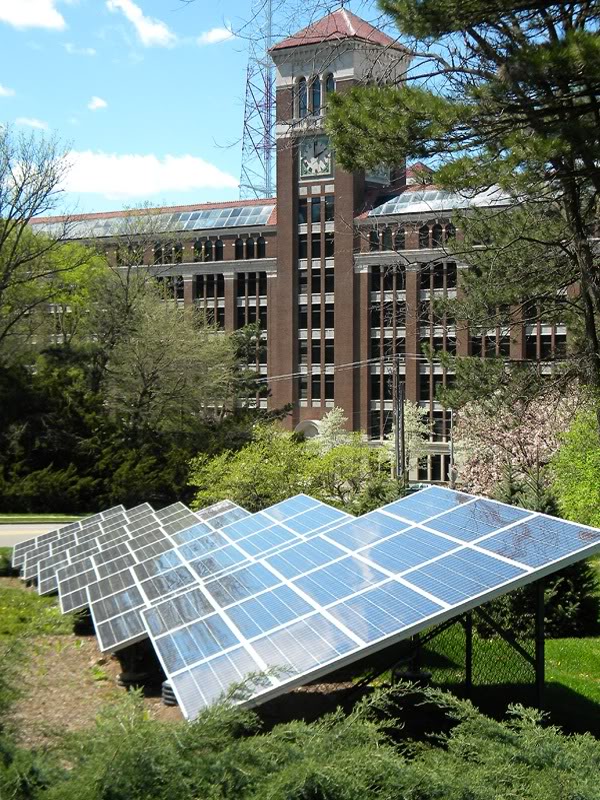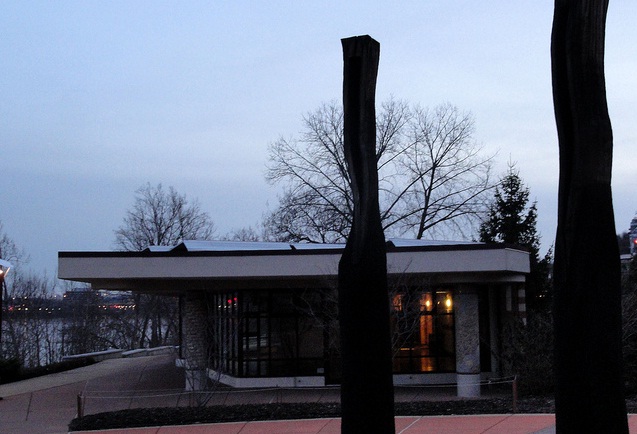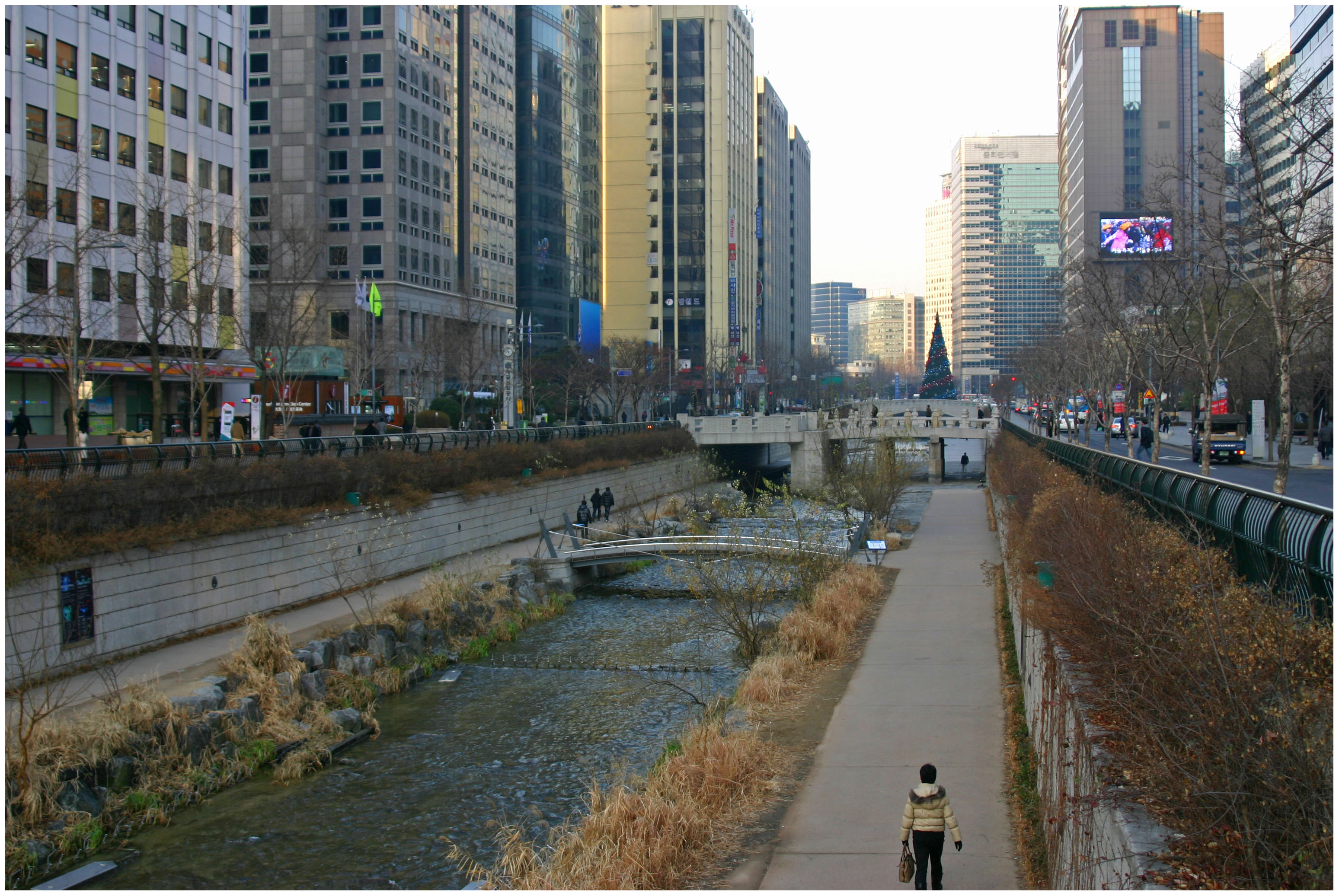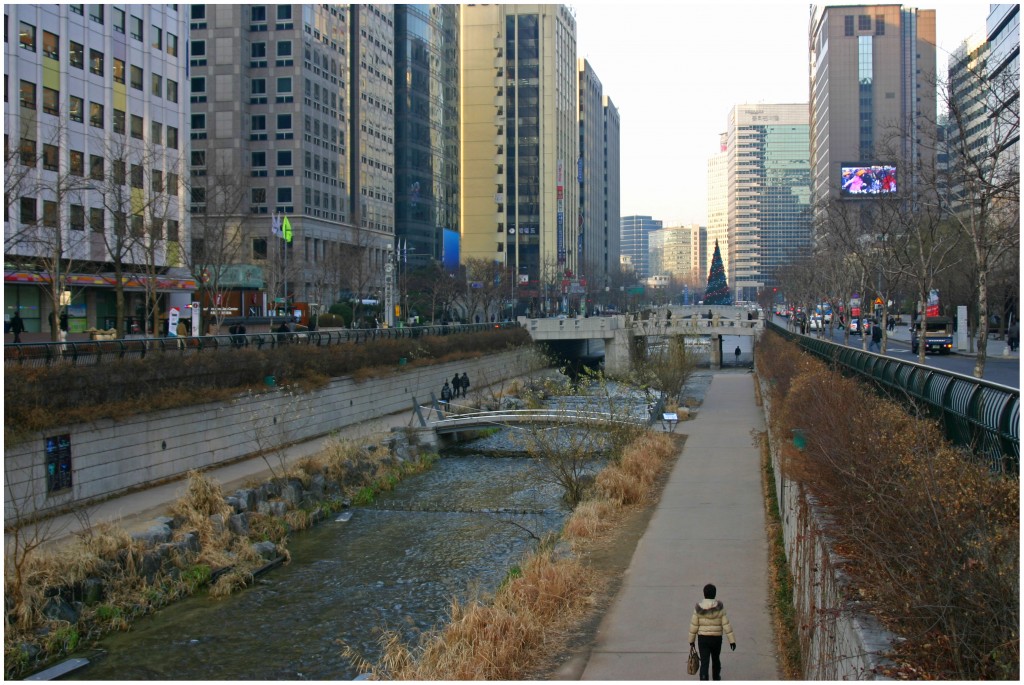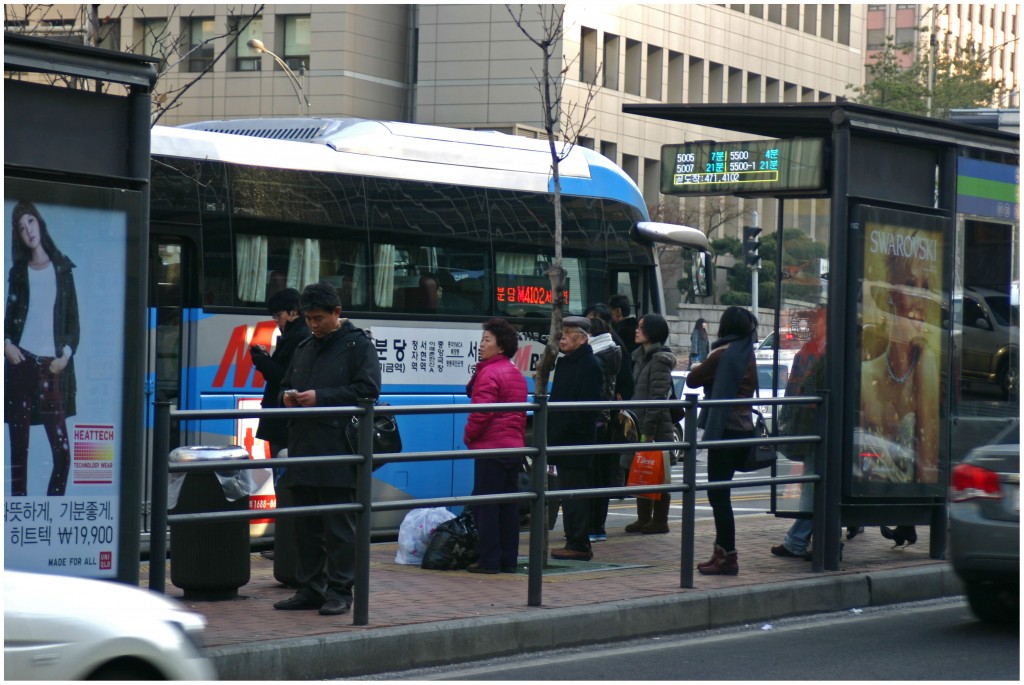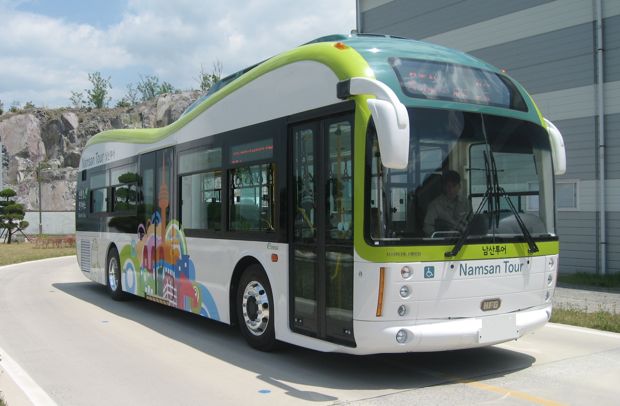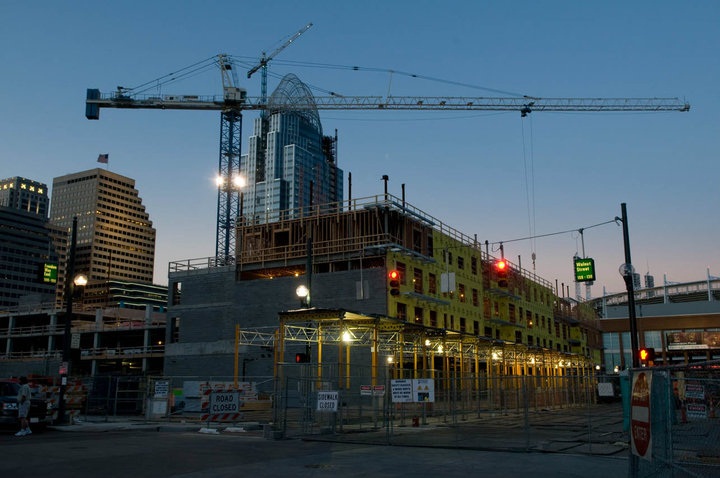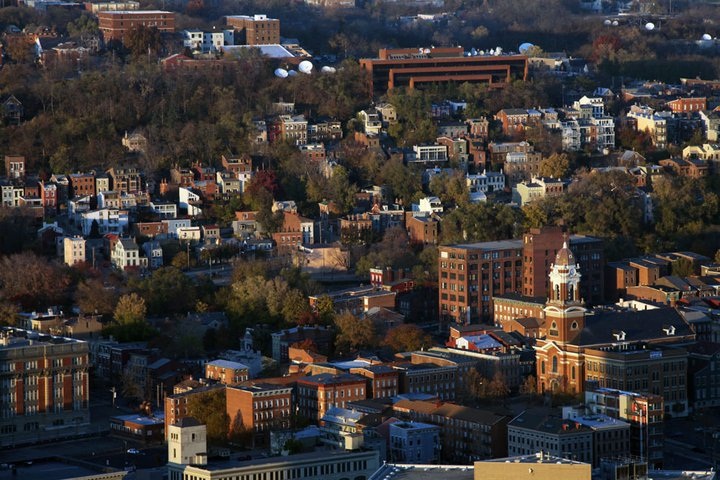Inspired by the work of photographers Dmitry Gudkov and Angelo Calilap, a group of Cincinnati-area photographers have started a website and collective for area bicycle enthusiasts called CycleCincy. Like Gudkov’s #BikeNYC, the name #CycleCincy refers to the Twitter hashtag which allows disparate people to talk to each other about everything related to cycling in Cincinnati. The idea is to meet other people who cycle in the city and take a cool portrait of them with their bike.
The concept, initially suggested by the brains behind OTRMatters, encouraged local cyclists and photographers to team up for portraits with their rides in an urban environment. A month later, the mission behind the site has evolved to include working alongside other cycle advocacy groups in the area, including and especially Queen City Bike, and fill a previously empty niche.
“It [CycleCincy] all started as a bunch of cyclists and photographers wanting to geek it out, but I think the project also highlights the desire to have a more cycling aware culture in Cincinnati,” says Dan Reid, local cyclist and OTR resident. “I think we’ve all had our share of run-ins with ignorant people in cars and it’s a real shame that people can’t co-exist.”
Those interested in joining the crew, be it photog or cyclist, are encouraged to visit the website and register a profile, which is easily synced to a Facebook account. In addition to providing a space for fellow bikers to meet and ride, members have suggested starting a casual monthly bike co-op/building space in Over-the-Rhine, connecting to the city-wide Bike Month, and celebrating bike culture through art. Ultimately, increased cycle awareness is the key.
“I believe CycleCincy will help unify Cincinnati cyclist and in turn force a higher level of awareness amongst car drivers,” said Chad Shackelford, another CycleCincy catalyst. “The core issue shouldn’t be as much about getting bike lanes and paths as it should be about teaching awareness and respect for cyclist and their right to safely occupy roadways.”
Cincinnati Bicyclists photograph by Sherman Cahal.
